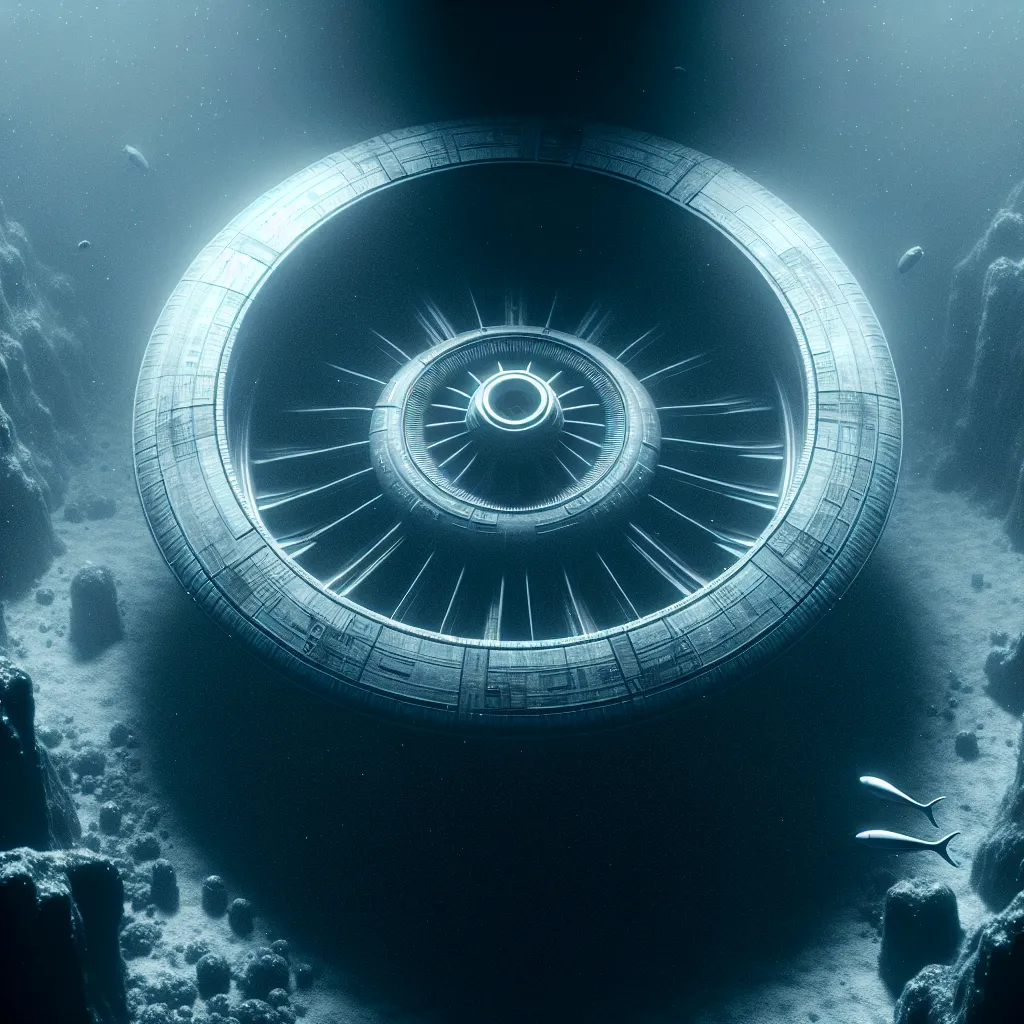World War II was full of drama, loaded with tales of bravery and sacrifice. But it’s also dripping in mystery. One spooky story that still spins heads is about the Phantom Fortress. Imagine a B-17 bomber, yo, that’s a giant chunk of metal, coming back from a mission and landing itself without any crew aboard. Wild, right? Let’s dive into this bizarre saga.
It all started on November 23, 1944, at the Royal Air Force Base in Kortenberg, Belgium. The ground crew suddenly heard the distant roar of a plane’s engines. They looked up and saw a B-17, a 35,000-pound U.S. Army bomber known as the Flying Fortress, barreling toward them. No one expected a landing that day, so folks assumed it was an emergency. The plane was zigzagging and descending way too fast, looking like it was about to crash.
As it screamed down, the soldiers hit the deck, prepping for impact. The bomber barely cleared the anti-aircraft guns before plowing into the ground and cutting a path through a field. The landing was so hard that pieces of propeller flew through the air and the wings got smashed. Three of its four engines were still humming. But the craziest part? No one came out of the plane.
With engines still running, the ground crew waited nervously for 15 minutes. Nothing. After 20 minutes, Major John Crisp, the guy with the guts, approached the plane, sidearm at the ready. He cracked open the hatch and climbed inside, bracing for either a mad crew or a grisly scene. Instead, he found… silence. No one was there. Major Crisp documented what he saw: neatly packed parachutes, half-eaten chocolate bars, and fur-lined jackets scattered around. The plane looked like it froze mid-action. Weird, right?
Major Crisp shut the engines and started piecing things together. He snagged the plane’s logbook, its last entry ominously reading “Bad flak. Bad flak.” The plane had somehow landed itself, and its crew was MIA. When the story broke, newspapers dubbed it the Phantom Fortress, and it quickly became a legend.
Investigators identified the aircraft as part of the 91st Bomber Group out of East Anglia, England. The base records confirmed it took off with a full crew. But now, the men were nowhere to be found. A few days later, all 10 men were located safe and sound at a nearby airbase in Belgium. The pilot, Lieutenant Harold R. DeBolt, reeled off the tale.
DeBolt’s B-17 had been on a mission over Merseburg, Germany—nasty airspace buzzing with anti-aircraft guns. Malfunctions started dogging the plane, kicking it off-course and making it an easy target. With smoke and fire filling the bomber, DeBolt couldn’t even drop the bombs since the rack was jammed. After more hits, the plane was pretty much shot, literally.
With fading two engines and holding on to faith, DeBolt turned back to England. But it quickly became clear they wouldn’t make it across the Channel. DeBolt told his crew to bail out over friendly territory in Belgium. He watched the bomber vanish into the fog, figuring it would crash soon. But it didn’t.
The phantom B-17 kept flying for miles, finally making a rough but impressive landing at an Allied airfield in Belgium. But here’s the pickle: DeBolt reported the plane was a flying wreck, while others said three engines were still running and structurally, it was fine. Investigators chalked it up to luck and maybe a wonky third engine firing back up. Satisfied, they closed the book on it. But people kept wondering, did something supernatural happen? The Phantom Fortress legend was set.
Rolling back the clock a bit, in 1943, a young boy named John Gell in England had a crash of his own to tell. Gell saw a B-17 sputtering towards his village, crash-landing near his home. When Gell’s father rushed over, he found no crew inside. Fast-forward 40 years, and Gell’s story had some eerie similarities to the Phantom Fortress tale, with added details about the crew’s daring escape from enemy lines.
The reality? Gell likely mixed his tale with the Phantom Fortress legend, peppering his own creative details. The bomber that crashed near his home was called ‘Cata9 Tails.’ This plane had faced fierce damage over Germany but managed to limp back across the Channel before its crew bailed out near Gell’s village.
On a parallel note, a British anti-aircraft crew had witnessed a different B-17 making a hard landing in 1944, near an anti-aircraft site in a field. This plane, flown by DeBolt’s crew, engaged its autopilot before the crew bailed. That autopilot kept the bird level and descending slowly, eventually bringing it down in a field, almost like magic.
Sure, the extra parachutes and half-eaten chocolates were flair added later to spice up the legend, similar to other creepy tales where dinners are left half-eaten to dial up the eerie factor. Authentic records from those days lay it all out clearly. There was indeed a real Phantom Fortress, but it wasn’t driven by ghosts, just plain old incredible luck and an autopilot doing its job.
Although wrapped in legend, the true story—a B-17 landing itself—is still jaw-dropping. It stands as a testament to the chaos and unpredictability of war, with or without supernatural sauce. Even without the ghostly elements, this tale holds its own weight in sheer awe.
So, the next time you hear about the Phantom Fortress, remember, it’s not just a ghost story; it’s a piece of war history that’s as strange as it is fascinating. Sometimes, the truth is cooler than fiction.






